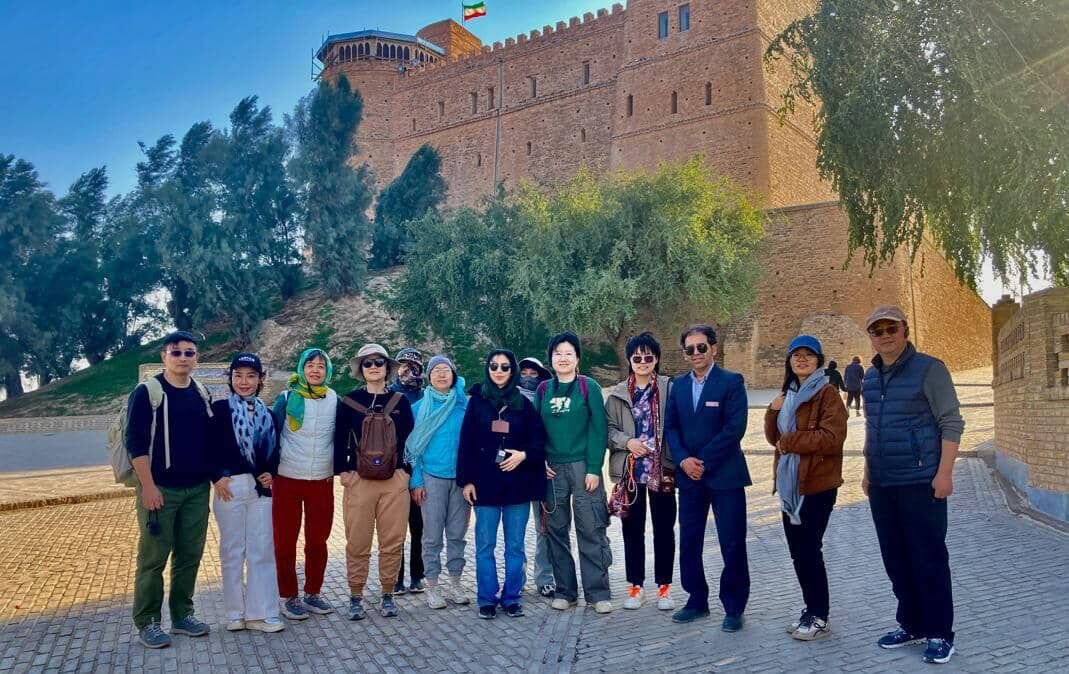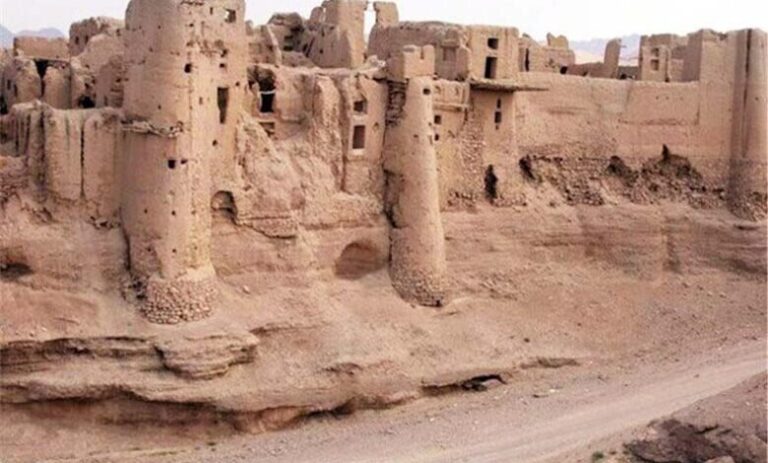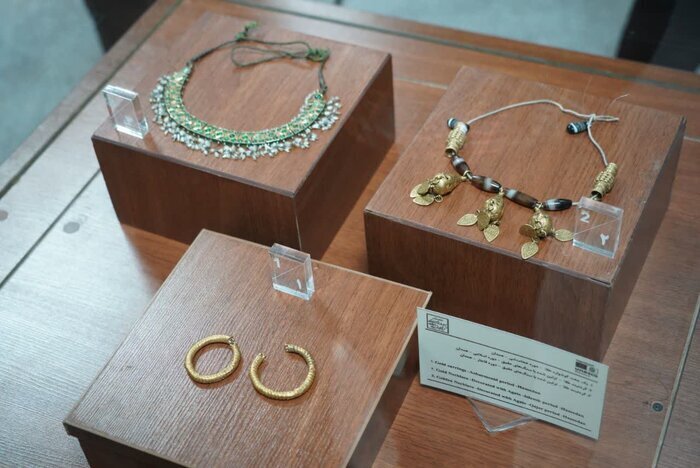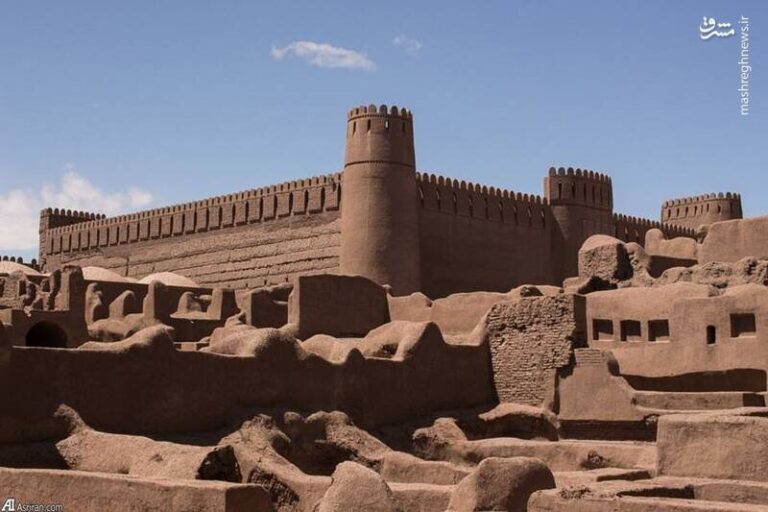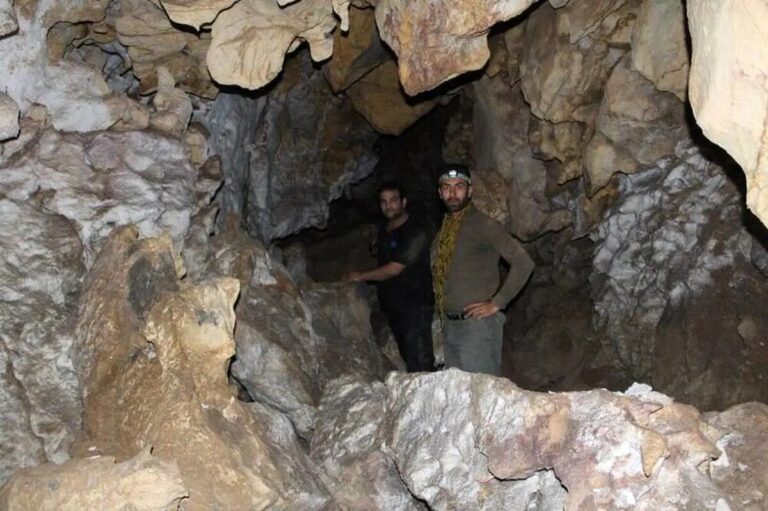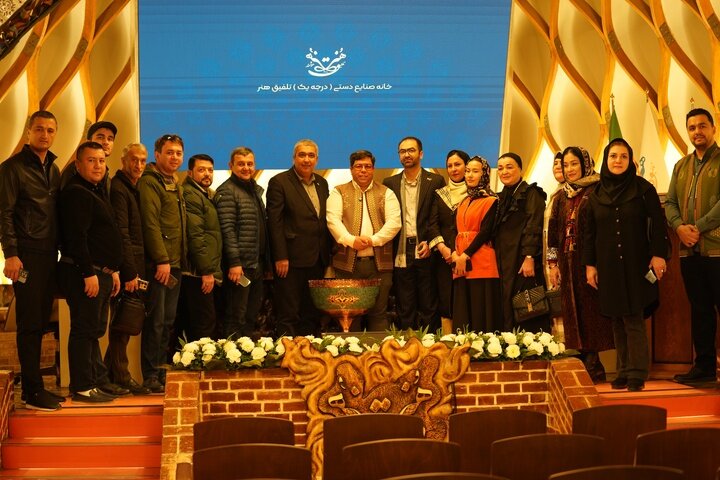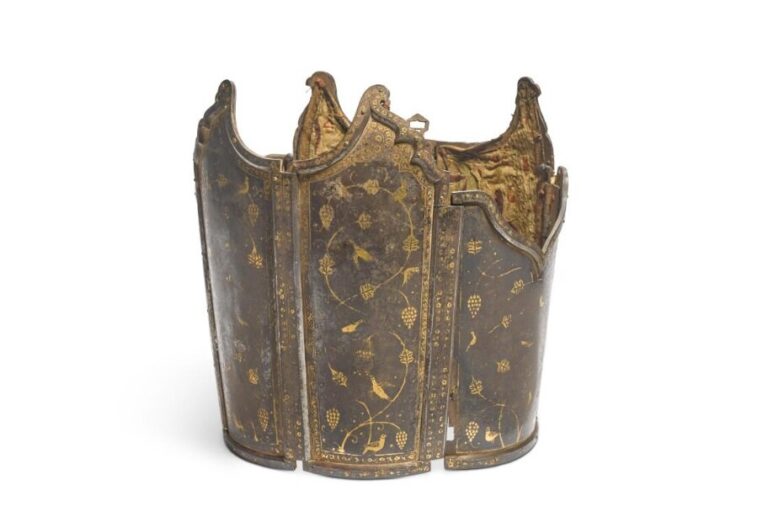Chinese Archaeologists Explore the Rich Heritage of Susa: A Journey Through History
On Thursday, a significant event took place as a group of Chinese archaeologists, professors, and students embarked on a visit to the UNESCO World Heritage site of Susa in southwest Iran. This visit allowed them to gain valuable insights into the region’s rich history, civilization, and unique historical artifacts.
According to IRNA, the delegation consisted of 12 members, including Chinese archaeologists, history and art professors, as well as students. Their one-day visit included an exploration of Susa’s vast cultural heritage museum and various archaeological sites, highlighting the importance of cultural exchange between China and Iran.
In recent years, the expansion of cultural and economic relations with China has significantly increased the number of Chinese tourists visiting Iran, particularly the historic site of Susa. This trend reflects a growing interest in the rich heritage and history that Iran has to offer.
Weeks prior to this visit, the Chinese ambassador to Tehran, Chang Hua, toured the Khuzestan province, which included stops at the UNESCO-registered ziggurat of Tchogha Zanbil, the museum, and the heritage site of Susa. Additionally, he visited the tomb of Daniel the Prophet, emphasizing the historical significance of the area.
During his visit, the Chinese envoy expressed hope that with effective promotion, an increasing number of Chinese tourists would be attracted to Khuzestan. This, in turn, would enhance the tourism exchange between the two nations, fostering a deeper understanding and appreciation of each other’s cultural heritage.
Located between the Karkheh and Dez rivers, Susa was once one of the most important and glamorous cities in the ancient world. The city has been continuously inhabited for thousands of years and showcases several layers of superimposed urban settlements dating from around the late 5th millennium BC until the 13th century CE.
Susa served as the capital of Elam (Susiana) and became the administrative capital for the Achaemenian king Darius I and his successors starting in 522 BC. This historical significance makes Susa a vital site for understanding the ancient civilizations that flourished in this region.
Here are some key points about Susa:
- Historical Importance: Susa is recognized as one of the key cities of the ancient world, serving as a center of trade and culture.
- UNESCO World Heritage Site: The site has been designated as a UNESCO World Heritage site, underscoring its global significance.
- Cultural Exchange: The growing number of Chinese tourists visiting Susa highlights the increasing cultural exchange between Iran and China.
- Archaeological Significance: The archaeological sites in Susa provide invaluable insights into ancient civilizations, including the Elamites and Achaemenids.
In conclusion, the visit by the Chinese delegation to Susa not only reinforces the historical importance of this UNESCO site but also emphasizes the potential for enhanced cultural and tourism exchanges between Iran and China. As both countries continue to explore opportunities for collaboration, sites like Susa will play a crucial role in fostering mutual understanding and appreciation of their rich histories.
